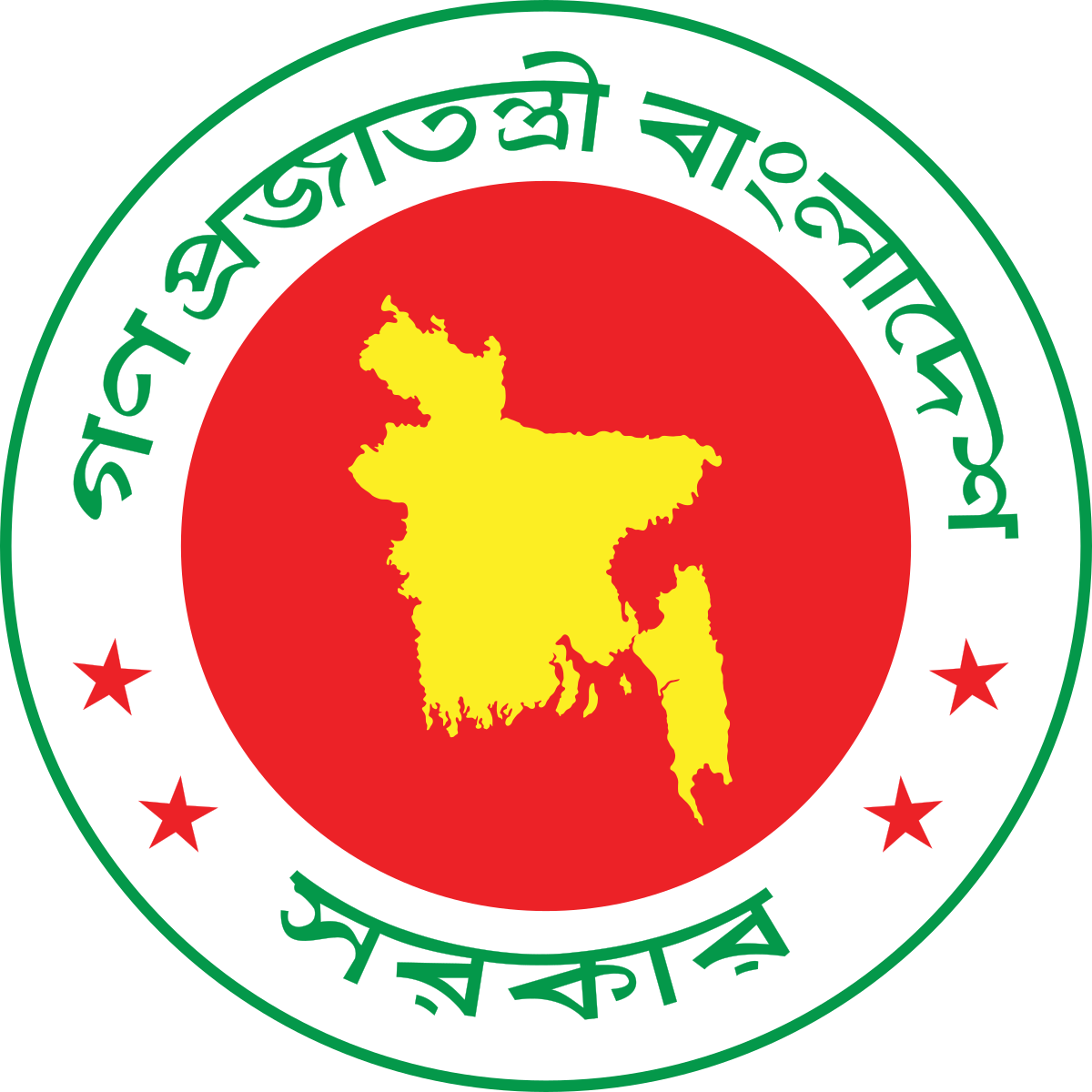
CHAPTER-1 BACKGROUND
1.1 MRT Line 1
The Government of Bangladesh (GoB) with the financial loan from JICA has undertaken the Project of MRT Line 1 in order to alleviate traffic congestion and reduce air pollution in Dhaka City by constructing mass rapid transit system, thereby contributing to the economic and social development of Greater Dhaka Region.
The MRT Line 1 was considered as a high priority project by Revised Strategic Transport Plan (RSTP, 2015) for Dhaka. MRT Line 1 consists of Airport Route and Purbachal Route including a Depot at Pitalganj south-west of Kanchan bridge. The Airport Route will run from Kamlapur to Airport (main route length about 15.5 km) with 12 nos. of underground stations (Kamlapur, Rajarbagh, Malibagh, Rampura, Aftab Nagar, Badda, North Badda, Natun Bazar, Nadda, Khilkhet, Airport Terminal-3 and Airport).
The Purbachal Route (length about 16.0 km) will run from Natun Bazar to Purbachal Terminal. It has an underground portion up to Kuril and then it will be elevated from Kuril to Purbachal Terminal. There are two (2) nos. of underground stations (Natun Bazar and Nadda) and Seven (7) nos. of elevated stations (Joar Sahara, Boalia, Mostul, Sheikh Hasina Cricket Stadium (SHCS), Purbachal Central, Purbachal East and Purbachal Terminal).
1.2 Carbon Reduction
One of the inherent advantages of the MRT is its ability to cater huge passengers, which are mostly shifted from other modes of transport. These modes include cars, buses, motorcycle, auto rikshaw, etc. All of these are fossil fuel based and generate a lot of Carbon Di Oxide (CO2). On the other hand, as MRT usually runs on electricity, it’s carbon footprint is usually much less. Moreover, the MRT Line 1 uses regenerative brakes (hybrid synergy), its electricity consumption is further less by on third of conventional MRT. In this paper, attempts are made to estimate the carbon reduction due to operation of MRT Line 1
.
CHAPTER-2 METHODOLOGY AND ANALYSIS
2.1 Availability of Various Methods and Analysis
To estimate carbon reduction, there are various methods available. However, all the methods are functions of traffic data. The methods are listed below:
* Carbon Reduction per passenger. This is the simplest method. In this method, the ridership is directly multiplied by the factor denoting the carbon reduction per person. There are several papers and studies which tried to estimate the carbon reduction per person. However, the values vary a lot.
* Reduction in model share. In the traffic demand model, modal shares can be obtained for both with MRT and without MRT condition. The difference is the reduction in model share. If the average carbon emission of each mode is estimated, total reduction can be calculated.
* Vehicle kilometer reduction. In the traffic demand model, it is possible to know the trip length by each of the mode for every nodal point in both directions. The difference between the trip length by each mode for both with MRT and without MRT will give vehicle KM reduction by each type of vehicle. By multiplying that by carbon emission by vehicle type, total reduction can be calculated.
2.2 Method adopted for Line 1
Carbon emission reduction calculation is depending mainly on traffic demand forecast model. However, there is no such model studied during the D/D stage of line 1. From the traffic demand forecast model used in the Feasibility Study stage (2018), only the ridership and PHPDT were reported. In this situation, modal share reduction and vehicle kilometer reduction methods cannot be exercised directly.
On the other hand, Dhaka MRT Line 5N has almost similar systems as Line 1. It can be said that unit carbon reduction for these 2 lines would be very similar.
Therefore, the Carbon emission reduction for Line 1 has been calculated using the linear interpolation method from the Line 5N. It may be noted that Line 5N used vehicle kilometer reduction method for carbon emission reduction calculations.
2.3 Result
For Line 5N, the expected opening year ridership is 752,793 per day in 2028, and its corresponding carbon reduction was estimated as 403,349 tons of CO2 per year.
For Line 1, the expected opening year ridership is 859,461 per day in 2026. With the help of linear interpolation, Line 1 carbon emission reduction can be estimated to be 460,502 tons of CO2 per year.
Though this value is an approximation, however, this is most realistic estimation under the lack of traffic model
Md. Abul Kashem Bhuiyan
Project Director,
Dhaka Mass Rapid Transit Development Project Line -1

 গণপ্রজাতন্ত্রী বাংলাদেশ সরকারের তথ্য ও সম্প্রচার মন্ত্রণালয়ের অনুমোদন প্রাপ্ত নিউজ পোর্টাল
গণপ্রজাতন্ত্রী বাংলাদেশ সরকারের তথ্য ও সম্প্রচার মন্ত্রণালয়ের অনুমোদন প্রাপ্ত নিউজ পোর্টাল






.jpg)



